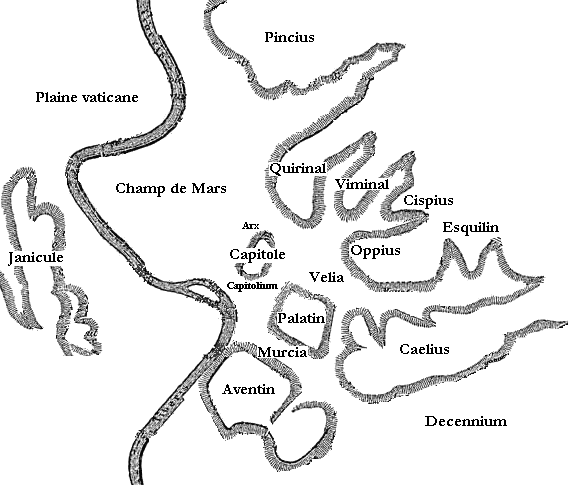Urban Nightlife
When did nightlife begin?
Urban nightlife could be traced again to ancient civilizations, however its modern type began to take shape within the late 19th and early 20th centuries. Here are some key milestones within the history of nightlife:
1. Early Celebrations
- Ancient civilizations, such because the Greeks and Romans, had social gatherings, feasts, and festivals that often extended into the evening.
- These events were marked by music, dance, and entertainment, laying the groundwork for later nightlife activities.
2. Rise of the Urban Center
- With the Industrial Revolution within the 18th and 19th centuries, urban facilities began to grow, leading to a rise in inhabitants density.
- As cities grew to become extra vibrant, institutions like taverns, dance halls, and theaters emerged.
3. Prohibition Era
- The 1920s in the United States saw the rise of speakeasies during Prohibition, the place nightlife thrived despite legal restrictions.
- This period highlighted the desire for socializing and entertainment, additional shaping city nightlife.
4. Jazz and the Roaring Twenties
- Jazz clubs turned popular, bringing stay music and a lively environment to urban nightlife.
- This period marked a cultural shift, with nightlife turning into more accessible and various.
5. Late 20th Century Evolution
- The emergence of nightclubs, raves, and DJ culture within the 1980s and Nineteen Nineties reworked nightlife into a world phenomenon.
- Urban nightlife continued to evolve with technology and cultural developments, embracing numerous genres and types.
Conclusion
In abstract, whereas nightlife has historic roots, the vibrant city nightlife we acknowledge today began to develop within the late nineteenth century and has expanded and reworked significantly over time.
Why do most nightclubs fail?
Most nightclubs fail as a outcome of a combination of things that can undermine their success. Here are some key causes:
1. Poor Location
- Visibility and accessibility are essential for attracting patrons.
- Locations which are too far from the nightlife hub could wrestle to draw crowds.
2. Inadequate Market Research
- Understanding the target audience is significant.
- Failure to establish in style developments and preferences can lead to providing the incorrect type of entertainment.
3. Unsatisfactory Customer Experience
- Inconsistent service, poor workers habits, and lack of ambiance can drive prospects away.
- Clubs that do not prioritize a positive visitor experience often see excessive turnover charges.
4. Financial Mismanagement
- Poor budgeting and financial planning can result in operational losses.
- Failure to account for overhead prices can result in unsustainable practices.
5. Overdependence on Alcohol Sales
- Relying solely on drink gross sales with out diversifying income streams can be dangerous.
- Offering food or 오피 distinctive experiences can create additional revenue opportunities.
6. Inconsistent Programming
- Shifting themes or irregular occasions may confuse common patrons.
- Clubs want to maintain a constant identity to build a loyal following.
7. Competition
- The nightlife business is highly competitive; new entrants can easily disrupt existing clubs.
- Constant innovation and keeping up with opponents are important for survival.
In essence, managing a profitable nightclub requires cautious planning, adaptability, and a give consideration to delivering an distinctive expertise to patrons.

What is the meaning of metropolis club?
The time period metropolis club refers to a sort of nightlife venue that embodies the vibrant tradition and energy of city areas. These golf equipment usually serve as social hubs the place people collect to unwind, dance, and join with others in a lively environment.
Key traits of a metropolis membership embrace:
- Location: Typically located in main cities, permitting quick access for locals and tourists alike.
- Aesthetic: A contemporary design that always features cutting-edge decor, lighting, and sound techniques.
- Diverse Music: Offering numerous genres, from digital dance music to hip-hop, catering to a variety of tastes.
- Social Interaction: Providing a space for individuals to satisfy new friends or reconnect with old ones, emphasizing community and social engagement.
Cultural Impact
Metropolis golf equipment play a significant role in shaping urban nightlife by:
- Promoting native artists and DJs, thus supporting the music scene.
- Cultivating a way of belonging amongst patrons, fostering connections through shared experiences.
- Reflecting the dynamic nature of the city, usually adapting themes and occasions that resonate with present developments.
Overall, a metropolis club represents greater than only a place to get together; it is a very important aspect of city tradition, embodying creativity, community, and the energetic spirit of metropolis life.

No comment yet, add your voice below!